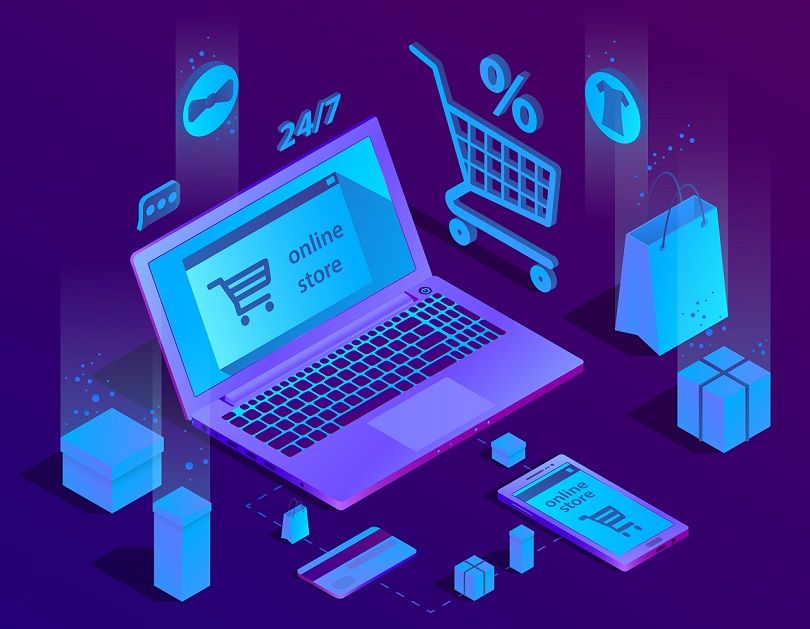
WooCommerce is the most popular e-commerce platform in the whole wide world, and there are good reasons for that: it is extremely flexible, it is easy to manage for someone who doesn’t have a lot of technical knowledge, and it has a vibrant community with thousands of plugins you can easily install and use.
Sadly, most beginners and novices don’t know how to use WooCommerce properly and maximize their sales. That’s why we went on a quest to find the best tips from experts in search engine optimization, marketing, and e-commerce management that will boost your online sales, and we are going to present them all to you in this article – you’ll surely up your WooCommerce game by the end.
#1 Don’t Overload Your Website with Plugins

One of the most common things novices does when running a WooCommerce shop is going to town with the plugins. Plugins are a very powerful feature of WordPress (what WooCommerce is built on) and plugins are capable of enhancing the functionality and making the CMS easier to use. It is, in fact, one of the primary reasons why WooCommerce is so successful.
The hype around plugins and millions of articles online telling you about all the different plugins your website absolutely needs incentivizes a lot of people to install tens and even, sometimes, hundreds of plugins on their website. But this can be quite detrimental to your website – not only will the plugins all take valuable server space, but they’ll also likely inject code into each of your pages to ensure they do their functionality, and this code increases the loading time and slows down the web pages. This could ruin the users’ experience browsing your site and buying your products, and this, by extension, will decrease your sales.
Again, this doesn’t mean you shouldn’t use plugins, on the contrary. Plugins are an important part of every WooCommerce shop. However, be mindful of the number of plugins you are using and how they affect your website’s loading time. If they increase it by one to two seconds, their functionality will likely not be worth the performance penalty.
#2 Always Write Your Content with SEO in Mind

Successfully generating revenue from your website wholly depends on your website being visited in the first place. If you’re not visible as an option to people who are potentially interested in your services and there’s no way for people to easily find out about you, it is highly unlikely you’ll be making bank soon. That’s why one of the biggest things you need to focus on as an e-commerce platform manager is ensuring your website has a constant stream of new and relevant visitors and it isn’t just a pretty website sitting in the corner of the internet in perpetual obscurity:
- Start with the basics: you can start from the basics. Make sure all your pages have meta tags filled out. You have the alt tag of images filled with apt descriptions. You have a reasonably fast loading time. These are the building blocks of successful SEO. These won’t drive massive traffic to your website, but without them, you won’t even be able to start.
- Know which keywords to rank for: you need to be visible for people potentially interested in your services. For example, if you’re selling custom-made phone cases, you don’t want your website to come up when people search for food, because it is highly unlikely these people will be interested in buying your products. That’s why you need to find out keywords relevant to your services and products and try to rank higher for them. If you can successfully do so, you’ll see massive traffic coming to your website from people who are already interested in buying your products.
#3 Make Sure You Present Your Products/Services in the Best Light Possible

An e-commerce website is there to help you sell your products and services, and that’s why you need to give them the center stage on your website and make sure they come off as appealing as possible to potential clients. There are two steps you need to take to ensure you convert as many visitors as possible into paying clients:
- The overall aesthetic of your website: the overall theme, looks-and-feel, and the UX of your website determines the first impression people get when visiting. Most people don’t stay around reading long descriptions, they’ll make the decision whether they want to stay on your website or look for another seller in a matter of seconds. That’s why you need a modern, appropriate, and stylish design that will draw visitors in. Sadly, without a lot of experience in web design, this is hardly an easy task. That’s why we always recommend users to look for professional web developing agencies with years of experience web design, PSD to WordPress conversion, and search engine optimization.
- How you present each product: aside from the overall design, how you present each product is important as well. Ensure you take professional photos of each product, have enticing descriptions, and follow marketing best guidelines.
